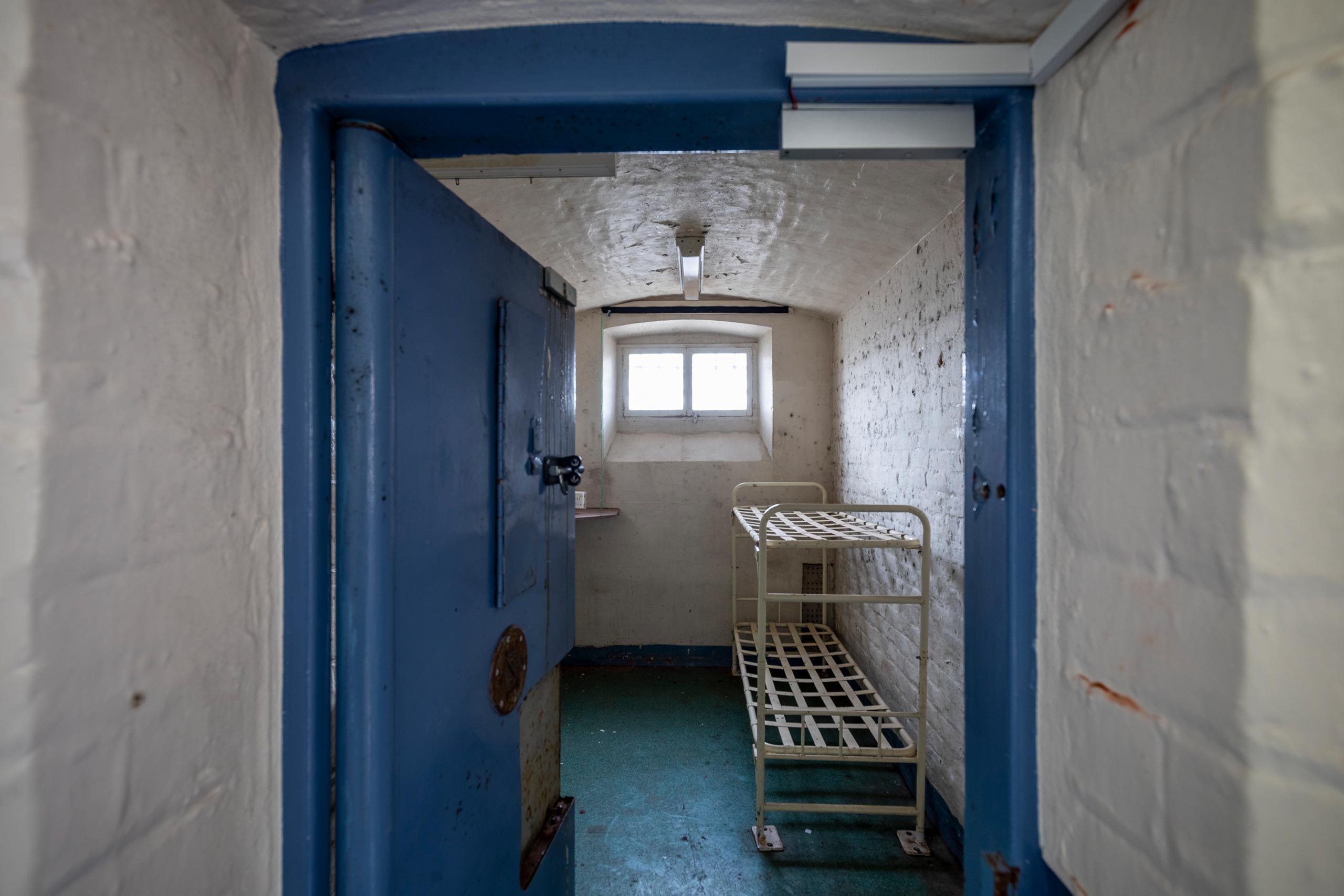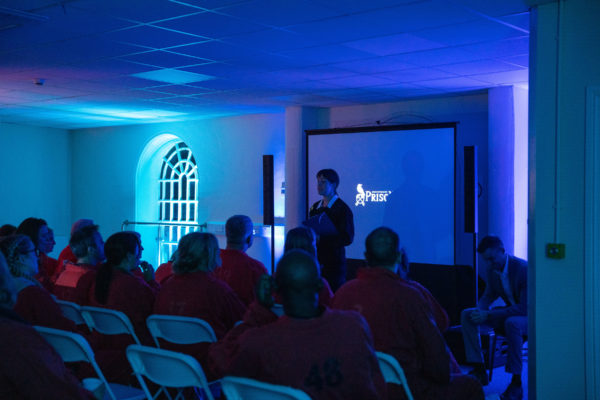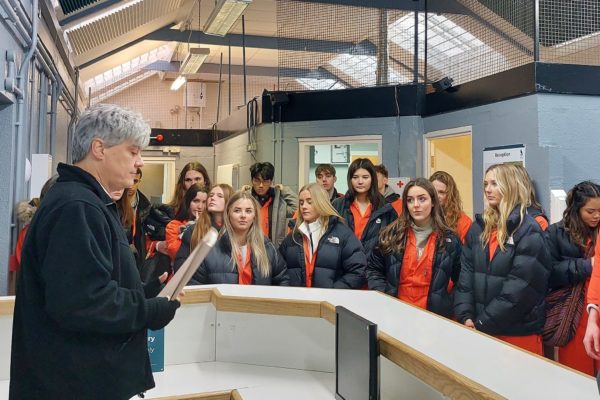What is Dark Tourism?

Dark tourism refers to the practice of visiting locations historically associated with death, tragedy, suffering, or disaster. These places often include battlefields, prisons, sites of execution, and locations where natural or man-made disasters have occurred. The appeal of dark tourism stems from a human fascination with morbid history, personal stories of tragedy, and the emotional responses these sites evoke. Unlike traditional tourism, which often focuses on relaxation and adventure, dark tourism offers somber, reflective, and emotionally intense experiences.
1. Popularity and Growth of Dark Tourism
Over the past few decades, dark tourism has gained significant popularity. What was once considered morbid curiosity has evolved into a legitimate form of travel, with tourists seeking to engage with history, learn from past mistakes, and understand the darker aspects of human existence. Some dark tourism sites have become major attractions, featuring well-established visitor centres and educational programs.
This growth can be attributed to the increasing demand for unique, off-the-beaten-path experiences and a desire to connect with history on a deeper level. Many tourists appreciate the opportunity to witness historical events’ physical remnants and gain insight into the past’s complexities.
2. Ethical Considerations in Dark Tourism
While dark tourism provides valuable educational experiences, it also raises ethical concerns. Key questions include:
- Is it appropriate to turn places of suffering into tourist attractions?
- Can profit be ethically generated from tragedy?
- How can visitors engage with these locations in a respectful manner?
These concerns are particularly relevant in the case of Shrewsbury Prison, where punishment and execution were central aspects of its history. Dark tourism sites must carefully balance historical education with sensitivity to the pain and suffering that occurred there.
3. The Role of Shrewsbury Prison in Dark Tourism
One of the UK’s most well-known dark tourism destinations is Shrewsbury Prison, an excellent example of how historical prisons can be transformed into sites of education and reflection.
Historical Background of Shrewsbury Prison
Shrewsbury Prison, officially known as HM Prison Shrewsbury, was built in 1793 and remained operational until 2013. Designed to house convicts in harsh conditions as part of Britain’s penal reform efforts, the prison operated for 220 years, holding various prisoners, including violent criminals, political prisoners, and those caught up in social changes of their time. The prison became notorious for overcrowding, strict discipline, and limited rehabilitation opportunities. Its reputation as a grim and unforgiving institution makes it a significant site for dark tourism.
Architectural Features of Shrewsbury Prison
The prison is an architectural landmark, featuring the classical design typical of British prisons from the late 18th century. Surrounded by high, imposing walls, it includes a central courtyard where the most notorious prisoners were once confined. The structure incorporates Georgian and Victorian architectural styles, reflecting the prison system’s evolution. The dark, claustrophobic atmosphere adds to its appeal as a dark tourism site, as much of the original structure remains intact.
The Role of Shrewsbury Prison in British Penal History
For much of its history, Shrewsbury Prison was a site of harsh punishment. Overcrowded cells, poor sanitation, and rigid discipline defined life behind its walls. The prison also saw numerous executions, with some of its most infamous prisoners meeting their fate within its grounds. Shrewsbury’s role in the British penal system highlights the harsh realities of historical incarceration and justice.
The Closure of Shrewsbury Prison and Its Transition to a Tourist Attraction
Deemed outdated and no longer suitable for modern corrections, Shrewsbury Prison closed in 2013. However, its historical significance and atmospheric presence made it an ideal location for dark tourism. The prison was reopened as a tourist attraction, offering a range of experiences that educate visitors about its dark history while preserving the authenticity of the site. Today, Shrewsbury Prison attracts thousands of visitors eager to learn about its past and experience its haunting atmosphere firsthand.
4. Shrewsbury Prison as a Dark Tourism Destination
Notable Historical Events Linked to Shrewsbury Prison
Shrewsbury Prison has a long and dark history, including numerous executions. Public hangings were once common, drawing large crowds eager to witness justice being carried out. Some of the prison’s most infamous inmates, convicted of crimes ranging from murder to treason, add to its historical intrigue.
One particularly significant event was the last execution at Shrewsbury Prison in 1961. The prison’s execution history is a central theme in its exhibitions, providing visitors with insights into the legal and social contexts of capital punishment in Britain.
Visitor Experience: What to Expect
Visitors to Shrewsbury Prison are transported back in time as they explore its eerie corridors and cells. The old stone walls, iron bars, and remains of the gallows contribute to the haunting atmosphere. Tour guides share stories of prisoners, wardens, and the harsh conditions within the prison. Audio tours further enhance the experience with detailed narratives and eerie soundtracks.
For many, the Ghost Tours are a major attraction. These tours focus on the supernatural aspects of the prison, featuring reports of paranormal activity from both staff and visitors.
Popular Tours and Events at Shrewsbury Prison
Shrewsbury Prison offers various experiences, including:
- Historical Tours – Guided tours through key areas of the prison, such as the execution room, prison yard, and solitary confinement cells.
- Themed Events – Reenactments of historic trials and prison riots with actors bringing the past to life.
- Escape Rooms – Interactive experiences simulating a prisoner’s escape.
5. Ethical Considerations and Controversies in Dark Tourism
Dark tourism raises ethical concerns, including:
- Respect for Tragedy – Ensuring that historical suffering is portrayed sensitively.
- Avoiding Exploitation – Preventing sites from becoming mere commercial attractions.
- Balancing Education and Entertainment – Offering engaging experiences while preserving historical integrity.
Shrewsbury Prison strives to maintain a respectful approach, prioritizing education over spectacle.
6. Dark Tourism Trends in the UK
Other notable dark tourism destinations in the UK include:
- The Tower of London – A historic site known for its executions and imprisonments.
- Bodmin Jail – A former prison now offering historical and ghost tours.
- Edinburgh Vaults – Underground chambers associated with criminal activity and hauntings.
Interest in haunted and historical sites continues to grow, blending history with paranormal intrigue.
7. The Psychological Appeal of Dark Tourism
Many visitors are drawn to dark tourism for various psychological reasons, including:
- Confronting Mortality – Exploring themes of death and suffering in a controlled environment.
- Curiosity About Crime and Punishment – Gaining insight into historical justice systems.
- Emotional and Intellectual Engagement – Connecting with real stories of human resilience and tragedy.
8. Shrewsbury Prison in Popular Culture
The prison has been featured in numerous documentaries, television programs, and media reports, highlighting its dark history and paranormal reputation.
9. Dark Tourism: Legal and Safety Considerations
Given the nature of dark tourism, visitor safety is a priority. Shrewsbury Prison enforces strict safety protocols, including guided supervision, structural maintenance, and emergency measures to ensure a secure experience.
Conclusion
Dark tourism, as exemplified by Shrewsbury Prison, offers a unique way to explore history, tragedy, and human resilience. While ethical concerns must be addressed, these sites provide invaluable educational experiences that connect visitors with the past. With careful management, dark tourism can continue to preserve history while respecting the stories of those who lived—and died—within these historic locations.









